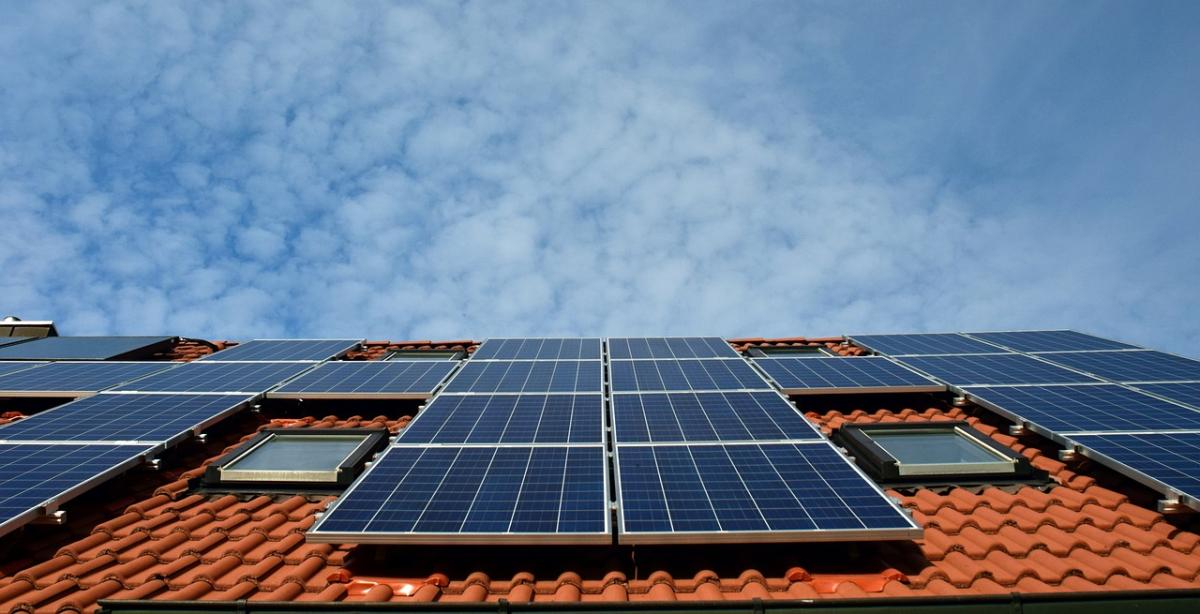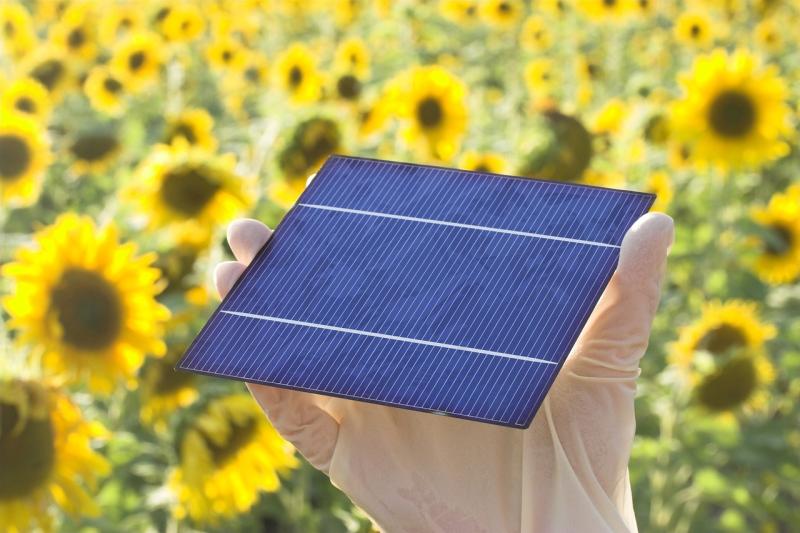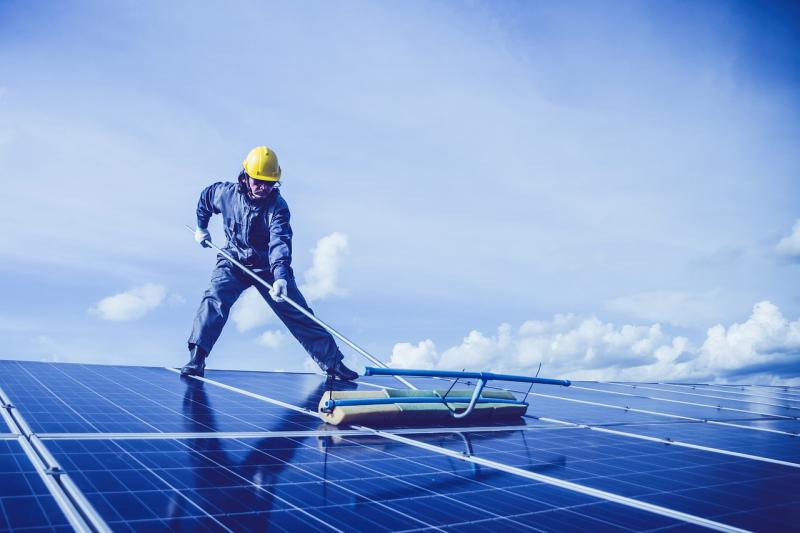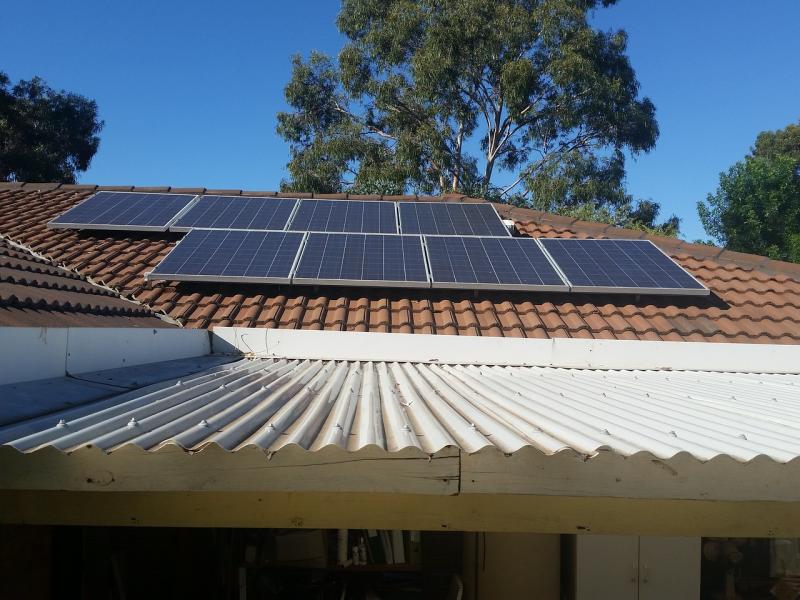The journey of solar technology began way back in the 19th century. In 1839, a French physicist named Alexandre Edmond Becquerel discovered the photovoltaic effect. He found that certain materials produced small amounts of electricity when exposed to sunlight. This was the first spark of solar innovation, though it would take many decades for this idea to evolve into something we could actually use.
Fast forward to 1883, and we see the first true solar cell come to life. American inventor Charles Fritts created a selenium cell that could convert sunlight into electricity. While it was pretty much a novelty item, this cell laid the groundwork for what was to come. It wasn’t very efficient or practical for everyday use, but it was an important stepping stone in solar technology.
In the 1950s, things really started to heat up (pun intended!) in the solar world. Researchers at Bell Laboratories developed the first silicon solar cell. This breakthrough was huge because silicon was more efficient at converting sunlight into electricity than previous materials. Suddenly, solar cells were not just for science experiments; they had real-world potential.
As the years rolled on, the interest in solar energy began to grow, especially during the oil crisis in the 1970s. People started looking for alternative energy sources, and solar panels began to pop up on rooftops and in remote locations. It wasn’t just a techy scientist's dream anymore—it was becoming a practical solution for many households and businesses chasing energy independence.
Key Innovations in Solar Panel Designs
Solar panels have come a long way over the years, with innovative designs leading the charge in making solar energy more accessible and efficient. One of the most exciting developments is the move towards flexible solar panels. These panels can be rolled out on various surfaces, making them perfect for rooftops, RVs, or even backpacks during outdoor adventures. They show just how adaptable solar technology can be!
Another breakthrough is in the materials used for solar cells. Traditional silicon panels are being joined by alternatives like perovskite materials, which promise to be lighter, cheaper, and even more efficient. This shift not only allows for better energy capture but also means we can produce solar panels at a lower cost, making them more affordable for everyone.
Design has also improved significantly. Modern solar panels come with built-in optimizers and micro-inverters, which help maximize energy output. They monitor the performance of individual panels, ensuring you get the most bang for your buck, even if some sections get less sunlight. Plus, they often have sleeker designs that blend in better with rooftops.
Finally, the integration of smart technology is a game changer. Some of today’s solar panels can communicate with your home systems, allowing you to monitor energy production and usage right from your smartphone. It's like having a mini power plant at your fingertips, giving you greater control over your energy consumption and costs.
Rise of Efficiency and Sustainability
The push for efficiency in solar panels has really ramped up in recent years. As technology gets better, manufacturers are finding new ways to squeeze even more power out of sunlight. Today’s solar panels can generate more electricity while taking up less space than ever before. That’s a big win for homeowners with limited rooftop areas, or for businesses trying to make the most of their energy needs.
Sustainability is another key player in the development of solar panels. Companies are becoming more aware of their impact on the environment and are stepping up to use materials that are eco-friendly and safer for our planet. Many newer panels are made with recyclable materials, which means we’re not just generating clean energy; we’re also reducing waste.
Along with improved efficiency and sustainable materials, we’re also seeing smarter designs. Innovative technologies like bifacial solar panels can capture sunlight from both sides, taking advantage of reflected light for even more energy production. These advancements mean that solar is not only becoming more effective but also more accessible to everyone.
As solar panels evolve, they’re becoming an integral part of our energy landscape. With their rising efficiency and commitment to sustainability, they’re helping to make clean energy a feasible option for more people, paving the way for a brighter, greener future.
Future Trends in Solar Energy Solutions
The future of solar energy looks bright, and it's not just about panels soaking up sun rays. As technology develops, we’re seeing exciting trends that promise to make solar more efficient, accessible, and user-friendly.
One trend to watch is the growth of solar storage solutions. With the rise of batteries that can efficiently store energy, homeowners can now use solar power even when the sun isn’t shining. This means you can power your home at night or during cloudy days, reducing reliance on the grid and cutting energy costs.
Another trend is the integration of solar technology with smart home systems. Picture your home automatically adjusting energy usage based on how much solar power is being generated. Smart meters and apps can give you real-time data on your energy output, making it easier to manage consumption while maximizing efficiency.
We’re also seeing innovative materials being developed, like solar skins and building-integrated photovoltaics (BIPV). This means solar panels can be seamlessly integrated into your roof or walls without sacrificing aesthetics. It’s a game-changer for those who want renewable energy without the “solar panel” look.
Lastly, community solar projects are on the rise. These programs allow people who can’t install panels on their property to buy or lease a share in a solar energy project. This way, everyone can benefit from clean energy, regardless of their living situation. It's a fantastic way to empower communities and boost clean energy production!





